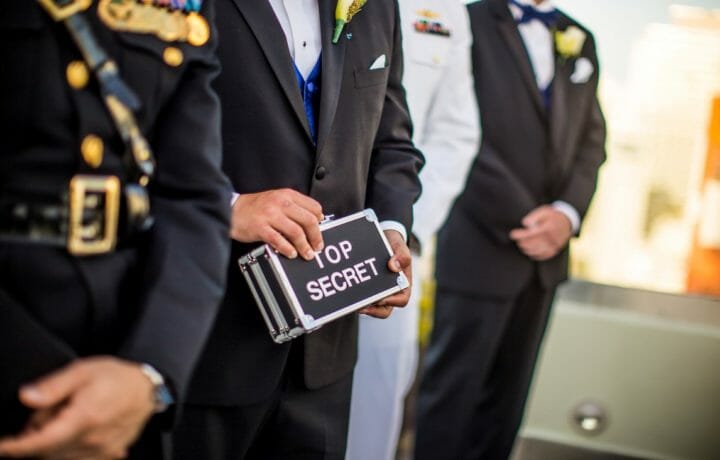This article continues the series describing what happens after the government grants you a security clearance. After receiving a job with a company or agency performing classified work, you’ll receive your onboarding training, which may have included the SF 312 Non-Disclosure Agreement, Initial Security Awareness, Derivative Classifier and other required training events and briefings. Even though the Facility Security Officer (FSO) brought you into the system, awarded your security clearance, and performed the required high-level training, there is still much more work to do to ensure you understand how to perform on classified contracts.
The high-level training and onboarding is enough to get you “authorized” and prepared for the work. The rest of the preparation will come from other sources to include peers, supervisors and program managers. This training is usually provided on the job as you actually begin performing on the classified contract.
This is how it might play out. The Government Contracting Agency (GCA) or program office flows down the classified work in the contract to the Cleared Defense Contractor (CDC). Part of the classified contract is the Contract Security Classification Specification or DD Form 254. According to the information on the DAMI website, the purpose of the DD Form 254 is to “…convey security requirements, classification guidance and provide handling procedures for classified material received and/or generated on a classified contract…” This DD Form 254 provides direct information to complete your training so that you can perform well. Keep in mind that if you will be working on multiple contracts, you should understand the contents for each contract.
The DD Form 254 will explain the classification level that you will be working with. It is important to understand that this level will be at the same level or lower than your security clearance level. Therefore, you would need a Top Secret clearance to work on classified contracts at the Top Secret level or lower. The form may also state any additional classification concerns such as foreign government information, communications security (COMSEC) requirements, and more.
The form also determines where you will perform the classified work. If the CDC facility has a possessing Facility Clearance (FCL), then you might perform work at that location. If the CDC facility has a non-possessing FCL, you will usually performed classified work at another location. For example, a cleared employee may not necessarily perform the classified portion of the work at their location based on guidance in the DD Form 254. As a result, any cleared employees have an office at their headquarters or company property, but perform classified work off-site at a government, research, or other cleared contractor location.
While the FSO will provide the training reflecting National Industrial Professional Operating Manual (NISPOM), your supervisor may give you more work specific training as you perform on the classified contract. Your supervisor will teach you how to write documents, assemble subsystems, collect raw data from sensors, or other specific work required by your contract. They will also teach you how to correctly mark, assemble, store and protect the classified work products.
In summary, after the FSO conducts preliminary security training and briefings, your supervisor or sponsor may guide you through more in-depth and contract specific security training, this time emphasizing your contract specific performance.



